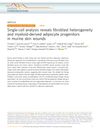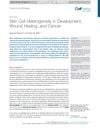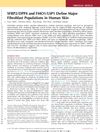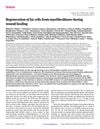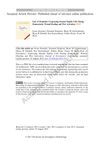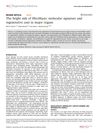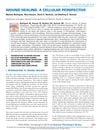Dissecting Fibroblast Heterogeneity in Health and Fibrotic Disease
June 2020
in “
Current Rheumatology Reports
”
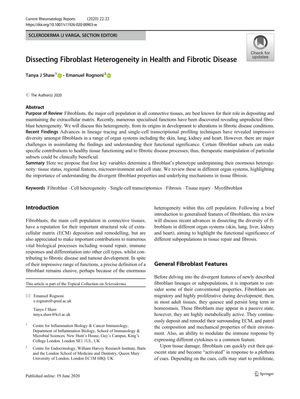
TLDR Different types of fibroblasts play various roles in both healthy and diseased tissues, and understanding them better could improve treatments for fibrotic diseases.
The document reviews the diversity of fibroblasts across different organs and their roles in both healthy and fibrotic tissues. It explains that fibroblasts are a major cell type in connective tissues, involved in extracellular matrix deposition and maintenance, and that their heterogeneity is influenced by tissue status, regional features, microenvironment, and cell state. Advances in single-cell RNA sequencing have uncovered various fibroblast populations with unique gene expressions and functions, although their specific contributions to fibrosis are not fully understood. The review suggests that targeting particular fibroblast subsets could offer therapeutic advantages for fibrotic diseases. It also notes the need for further research on the functional significance of fibroblast diversity, the manipulation of fibroblast types in vivo, and the application of animal model findings to human diseases. The document does not involve studies with human or animal subjects and was supported by the EMBO Advanced Fellowship program.
